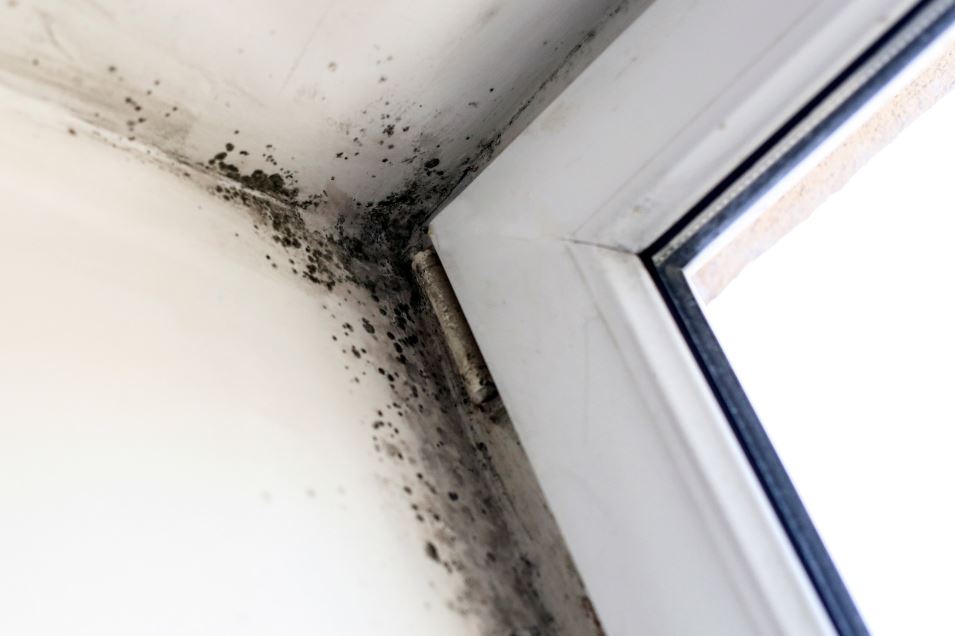Mold growth in properties poses serious health risks. It could also cause structural damage if left untreated. It is crucial to identify and address mold issues promptly. Mold inspection is one of the first steps in mold remediation, which involves a comprehensive assessment to determine the extent and type of mold present. Nonetheless, the cost of mold inspection can vary based on various factors. We’ll explore the variables that affect the cost and provide a deeper understanding of each factor.
Size of the Property
The size of the property is a fundamental factor that influences the cost of mold inspection. The bigger the property, the more time and resources needed for a thorough inspection. Mold inspectors, like Golden State Mold Inspections, typically charge based on the square footage measurement of the property.
Accessibility and Complexity
The accessibility and complexity of the property also play a role in determining the cost of mold inspection. Properties with crawl spaces or attics may require a longer time to assess. Similarly, buildings with complex structures, intricate designs, or multiple levels may involve more thorough investigation and increased inspection time. Mold inspectors may need to use specialized equipment or perform invasive techniques to access certain areas, which can contribute to higher costs.
Type and Number of Samples
Mold inspectors collect samples to determine the presence and concentration of mold spores in different areas of the property. The type and number of samples required could impact the overall cost of the inspection. Again, the bigger the property, the more resources, and samples needed, so the cost may increase.
Mold Testing Methods
Inspectors may use different mold testing methods. The choice of testing method can affect the overall cost of a mold inspection. The three most common methods are air sampling, surface sampling, and bulk sampling.
Air sampling measures the concentration of mold spores in the air, while surface sampling collects samples from visible mold growth. Bulk sampling involves collecting physical pieces of materials suspected of harboring mold. The testing method will depend on the specific circumstances and assessment results.
Geographic Location
The geographic location and local market conditions play a significant role in determining service charges. The rates are higher in cities compared to rural areas or densely populated neighborhoods. Additionally, the availability of mold inspection services and competition among service providers can affect pricing variations in different locations.
Experience and Qualifications of the Mold Inspector
The experience and qualifications of the mold inspector can impact the cost of a mold inspection. Mold inspectors with extensive experience and certifications tend to charge higher fees for their expertise.
Hiring experienced mold inspectors offers added value, as they are more likely to provide accurate assessments, identify hidden mold issues, and offer comprehensive recommendations for mold remediation. While their services may come at a higher cost, their expertise can help save homeowners from significant future expenses and health risks.
Additional Services and Reports
Some mold inspection companies offer additional services and reports beyond the standard inspection. These services may include mold remediation plans, post-remediation verification, or ongoing monitoring. If you require any of these supplementary services, it is essential to consider the associated costs when budgeting for a mold inspection. While these services may increase the overall expense, they can provide comprehensive solutions and peace of mind throughout the mold remediation process.
Average Costs of Mold Inspection Services: Residential vs. Commercial Properties
The average cost of mold inspection services depends on whether they are for a residential or commercial property.
For residential properties, the average cost ranges from $300 to $600. This cost might cover the inspection of several rooms or areas within the home. These include the basement as well as living spaces. The price depends on factors like the size of the property.
For commercial properties, the average cost is between $500 and $1,500. Commercial properties often need a more comprehensive inspection because of the potential impact on business operations and health issues.
Additionally, commercial properties might have more intricate HVAC systems, multiple levels, and wider square footage. These could contribute to the higher costs of mold inspection services.
The average costs and actual expenses may vary depending on several factors, including the location, the extent of mold infestation, and the specific services provided by the mold inspection company. As for multiple quotations and ensure that you only hire a reputable mold inspection company, like Golden State Mold Inspections.
Final Thoughts
Mold inspection is crucial in eliminating mold issues in homes and buildings. The cost of mold inspection can vary significantly based on various factors, including the size of the property, accessibility and complexity, type and number of samples, mold testing methods, geographic location, experience and qualifications of the mold inspector, and additional services offered. By understanding these variables, homeowners and property owners can make informed decisions when selecting a mold inspection service and budgeting for the associated costs.
Make sure to prioritize the expertise and reliability of the mold inspector over the cost, as accurate assessments and proper remediation can save significant expenses and protect the well-being of occupants.

